RF & Microwave Engineering Blog Posts

Exploiting Symmetries in RF and Wave Optics Modeling
We can simplify and reduce the size and computational complexity of a wave electromagnetics model by taking advantage of any symmetries it may have. Learn how to do so here.

Designing ESD-Safe Electronic Components
In the design of electronic components, electrostatic discharge (ESD) can be modeled to provide insight into how to prevent damage. Learn about the capabilities in COMSOL® for modeling ESD in this blog post.

Methods That Accelerate the Modeling of Bandpass-Filter-Type Devices
Designing bandpass-filter type high-Q devices with the finite element method in the frequency domain? Here are some methods you can use to speed up the modeling process.

Modeling a THz Photoconductive Antenna with COMSOL Multiphysics®
Photoconductive antennas are commonly used in terahertz engineering. Learn how these devices work and how to model one with the Semiconductor Module and RF Module.
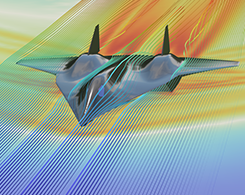
Modeling the Speed and Stealth of the Darkstar
What would the shock waves around the Darkstar really look like at Mach 7.5? How stealthy is this hypersonic jet? Here, we use modeling and simulation to find out.
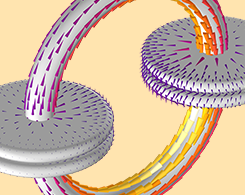
Learning from the Two-Capacitor Paradox: Do Capacitance and Inductance Exist?
What is the two-capacitor paradox? How can it be resolved with modeling and simulation? Do capacitance and inductance exist? Get answers here.
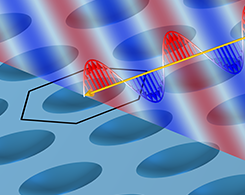
Understanding Higher-Order Diffraction
Explore how to use the Ewald sphere to study diffraction from planar periodic structures. (Interact directly with the model to get the full picture!)
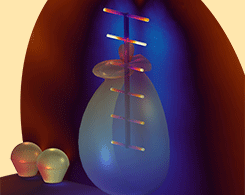
From TV Signals to Toasting: Tuning a Yagi–Uda Antenna to Heat Muffins
See how modeling and simulation can be used to test an unconventional heating method. Here, we explore how a Yagi–Uda antenna performs as a hypothetical oven replacement to heat muffins.
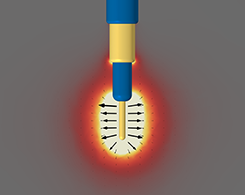
Using Different Physics Interfaces for RF Electromagnetic Heating Models
RF heating problems can be modeled with both the RF Module and the AC/DC Module. Learn more about their capabilities here.
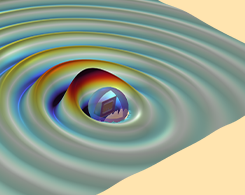
Verifying the Friis Transmission Equation with FEM–BEM Coupling
The RF Module can be used to model transmitter and receiver antennas for line of sight communication. Learn about this application of FEM-BEM coupling here.
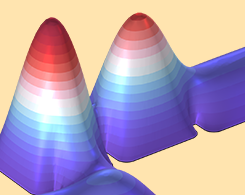
Shape Optimization in Electromagnetics: Part 2
See 2 examples of how shape optimization can benefit the design of microwave and millimeter wave applications. Part 2 of a 2-part series.
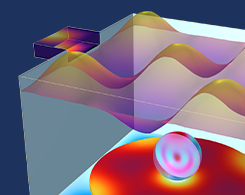
The Use of COMSOL Multiphysics® in the Food Industry
Food for thought: Explore how previously failed products and the use of multiphysics simulation inspire innovation in the food industry.
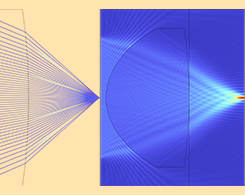
How to Use the New Spatial FFT Feature for Applications in Optics
COMSOL Multiphysics® version 6.0 includes the new Spatial FFT feature. Learn how this feature can be used in applications in optics here.
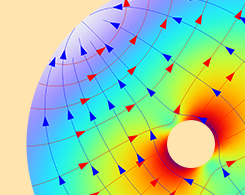
Mode Analysis for Electromagnetic Waveguides in COMSOL®
Get an introduction to mode analysis, which can be used to investigate mode characteristics in complex waveguide structures.
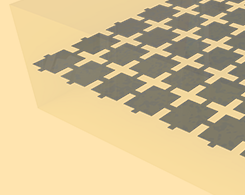
Modeling Graphene in High-Frequency Electromagnetics
Graphene exhibits a variety of interesting properties, including high elasticity and mechanical strength. In this blog post, we’ll explore how to model graphene in an electromagnetic simulation.

Designing Antireflecting Microstructures for Infrared Applications
Explore how 2 microstructure designs can improve the bulk transmittance of silicon (~70%) and cadmium zinc telluride (~79%) to more than 90% within the specific wavelength spectrum.
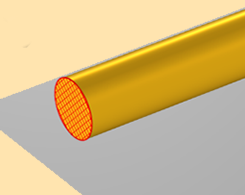
Voltage and Ground When Modeling Wave-Like EM Fields
We continue our discussion of voltage and ground by defining and interpreting these terms for sinusoidally time-varying electromagnetics models.
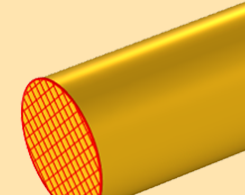
Do Voltage and Ground Exist?
Remember how the terms “voltage” and “ground” were taught in your university electrical engineering classes? Get a precise definition (in terms of modeling computational EM problems) here.
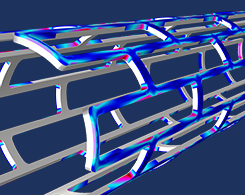
8 Uses of COMSOL Multiphysics® in the Biomedical Industry
Read about 8 real-world examples of how engineers and researchers in the biomedical industry are using simulation to advance their innovative designs.
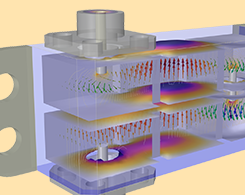
Designing Cavity Filters for 5G Devices with Multiphysics Modeling
From radar and microwave ovens to particle accelerators, RF cavity filters are found in a variety of different application areas. Among them: 5G devices and infrastructure.

2020 Isaac Newton Medal and Prize Awarded to Nader Engheta
Get an overview of the Isaac Newton Medal and Prize — and the optical physicist who won this year.
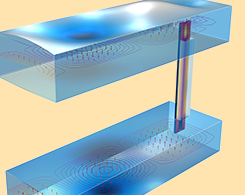
3 Examples of Modeling Transitions for Rectangular Waveguides
Waveguide to planar, coaxial to waveguide, and rectangular to elliptical: These 3 different transitions for rectangular waveguides can be modeled using COMSOL Multiphysics® and the RF Module.
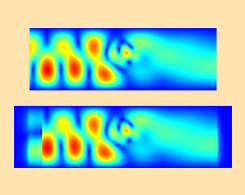
Modeling Waveguides that Support Multiple Modes
2 ways you can model a waveguide that supports multiple modes: add a PML that can be used to absorb any modes, or explicitly add ports for each possible mode.
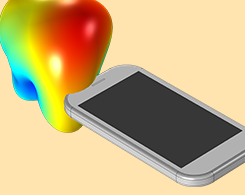
Computational Electromagnetics Modeling: Which Module to Use?
If you work with a particular electromagnetic device or application area, you might be wondering which module in the COMSOL product suite is right for you. Keep reading for a comprehensive intro.
